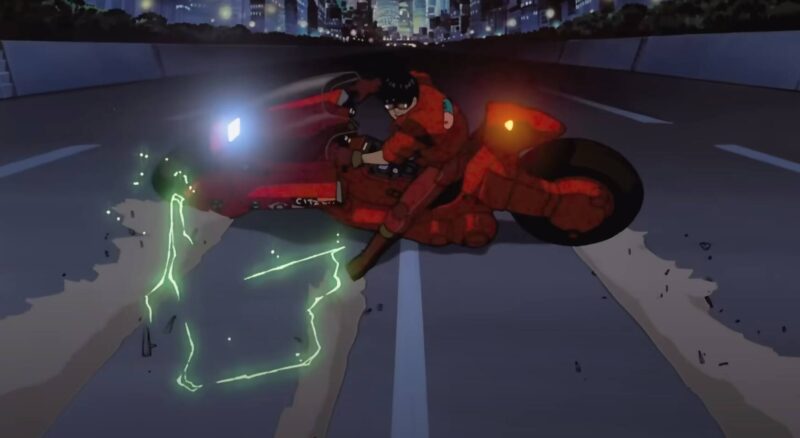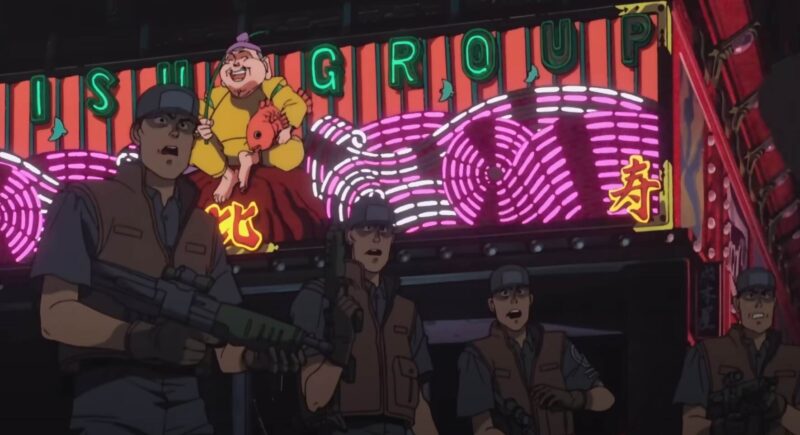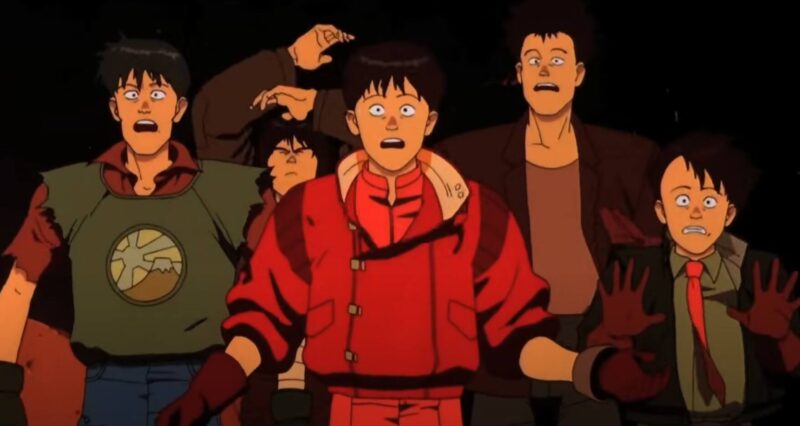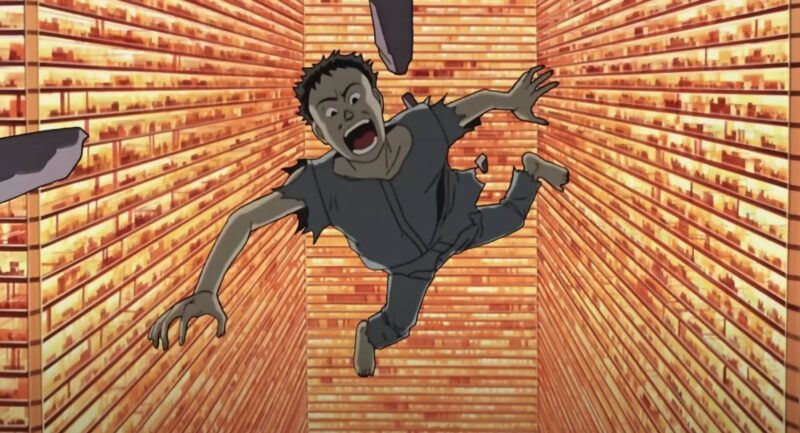
Taika Waititi and numerous other directors tried and failed to adapt Akira for Warner Bros. Here’s why it may have been a good thing that it didn’t happen.
After almost a quarter of a century of ideas, concepts and planning, Warner Bros has finally decided to draw a line under Akira – its long-planned adaptation of a much-loved manga series and animated film.
We’ve heard stories about development hell before – the years of rewrites and false starts it took before Total Recall finally happened in 1990. The versions of Dune and Planet Of The Apes that were worked on but never emerged. Even compared to those, though, it’s hard to think of many other productions that have had so much time and money spent on them with no publicly viewable end result.
Warner Bros first announced that it had acquired the rights to Akira from Japanese company Kodansha in 2002, which marked the beginning of a revolving door of directors and writers over the years that followed. Most recently, it was Taika Waititi who was set to make the movie, and he got closer to actually making Akira than most: it even had a release date in May 2021, with filming set to begin in the summer of 2019.
Instead, another project intervened: Waititi signed up for Thor: Love And Thunder in July 2019, and Akira was postponed yet again – as far as Warner Bros is concerned, for good this time.
The problem Waititi and legions of other filmmakers faced was Akira’s complexity – both in terms of its labyrinthine plot and its cultural context. People only casually acquainted with it will have a mental image of that unspeakably cool red motorbike and the slide away from the camera it does in the animated film – a shot borrowed and quoted by filmmakers dozens of times over the past 37 years. There’s far more to Akira, however, than cool motorcycles. (Jordan Peele, who turned Warner’s offer down to direct Akiria, put a bike slide in his sci-fi horror opus, Nope.)

Created by writer and artist Katsuhiro Otomo, Akira is a sprawling masterwork that covers hundreds of pages, dozens of chapters, and was published over the course of eight years between 1982 and 1990. Taking place in 2019, it’s set in Neo-Tokyo – a Japanese city rebuilding itself after a cataclysm that looks uncannily like the atom bombings that ended World War Two.
Akira’s told from multiple perspectives, but its focus is largely on the experiences of teen biker tearaways Kaneda and Tetsuo. The latter winds up in the clutches of a secret government experiment, which gives the boy awesome telekinetic powers that he’s too troubled and immature to properly control. Meanwhile, the cocksure Kaneda joins up with a network of revolutionaries in the hope of breaking into the government’s lab and helping his friend escape.
The original manga is beautifully rendered and extraordinarily ambitious, but more people in the west probably know about Akira through the movie, released in 1988 and directed by Otomo himself. (As you’ve probably spotted, the film was being worked on long before the manga saga had been told, which partly explains why one diverges quite a bit from the other.)
Akira is, quite simply, a landmark in feature-length animation. Made with what was at the time a huge budget for such a production, the intricacy of its hand-drawn animation remains captivating all these years later. You can see the influence of filmmakers like Ridley Scott and Stanley Kubrick on Otomo’s film, but it’s all fused together into something that feels uniquely his. An early night time chase through a futuristic Neo-Tokyo is as thrilling as any live-action pursuit sequence put to screen; the scale of the destruction in the final third would’ve been almost impossible to replicate before the evolution of CGI.

Quickly finding a cult audience when it made its way to the west in the late 1980s and early 90s, Akira’s cultural impact was such that Hollywood movie producers soon saw the value in adapting it – there are even reports circulating around on the web that Sony Pictures initially bought the rights to Akira in the 1990s before they passed over to Warner Bros in 2002.
Among the filmmakers involved in Warner’s planned adaptation were directors Stephen Norrington, Ruairi Robinson and Jaume Collet-Serra, while screenwriters included Gary Whitta and Steve Cloves. Around 2009, directors Albert and Allen Hughes joined the production, having just made sci-fi thriller The Book Of Eli (also written by Whitta). By this stage, Albert Hughes reckoned that Warner had already spent $9m on pre-production, and that a further $3m was spent while he was involved.
“I had a production designer, a whole office, pre-viz,” Hughes recalled in 2023, “and it all came down to this BS stuff in town like “oh, the right casting.” It’s like, well Akira is the name, it’s the IP, but they were scared to make it, and you could smell it after a while.”
One of the quandaries that remained unresolvable, at least from a studio standpoint, was how to square the cost of making the film with its commercial prospects. Realising Akira’s cyberpunk cityscapes and set-pieces required a considerable budget – and one of the ways studios traditionally offset the risk of making a film is by bringing in big-name actors who audiences would pay to watch in a cinema. Hence why, over its long period in development Hell, the live-action Akira had such names as Keanu Reeves, Keira Knightley, Ken Watanabe and Chris Evans attached at various points.

In order to make the saga appeal to US audiences, at least one take on the material saw the story transplanted to ‘New Manhattan’, featuring Evans as a particularly buff Kaneda; Joseph Gordon-Levitt was at one stage pictured as Tetsuo.
As the makers of the 2017 live-action version of Ghost In The Shell discovered, however, casting Caucasian actors in an adaptation of a Japanese story can lead to accusations of whitewashing. The film’s marketers went to some lengths to point out that Ghost In The Shell was still set in Tokyo, and still featured Japanese actors in its cast, but the appointment of Scarlett Johansson as its protagonist clouded Ghost In The Shell right up until its release.
Taika Waititi insisted that his take on Akira would avoid the same accusations, with its cast comprising Asian Americans. But even if Waititi had succeeded in pulling together the ideal cast, there was still the question of what would be left of Akira once it had been westernised.
Although set in 2019, Akira’s story and themes are rooted in Japan’s history after WWII. By the 1960s, the country was in the middle of a remarkable period of revival, with the Tokyo Olympics in 1964 being a chance to show to the world just how much Japan had modernised and transformed in less than 20 years. At the same time, city streets were full of Bōsōzoku – gangs of youths who rode around on modified bikes. Amid the growing prosperity, there were also protests, including mass demonstrations over the US-Japan Security Treaty.

Akira makes allusions to these cultural and historical moments and others, which arguably makes it difficult to extricate from its Japanese origins. Certainly, there are more general themes in Akira about corruption and humanity’s capacity for cruelty and violence, but transplanting its story to the USA, or any other global city, but it’s the specific details that make Akira so unique. Otomo’s film is also the product of a nation that, uniquely, has been subjected to the terrible destruction of the atomic bomb – an event whose emotional shockwave reverberated across generations and through so much of Japan’s storytelling.
Numerous filmmakers spent months – if not years – of their lives trying to adapt Akira. In the process, some artists produced some quite beautiful concepts which suggested that, visually at least, a western take on Akira could have looked the part. (Chris Weston’s work for the Hughes brothers looked respectful of Otomo’s intricate technical design.)
All the same, it’s perhaps just as well that a western take on Akira didn’t happen. The telekinetic battles, bike chases and moments of body horror may stick in the memory, but Akira is also more besides; it’s the vision – sometimes confounding, often spectacular – of a singular artist. It’s the product of a specific time and a specific place. Quite simply, Akira couldn’t have been made much before 1988, and it certainly wouldn’t have been made at such an expense after the Japanese economy imploded in 1991.
Sometimes, there are pieces of art that are better left as singular, unrepeatable moments in time. Akira, for now at least, is still one of them.
—Thank you for visiting! If you’d like to support our attempts to make a non-clickbaity movie website:
Follow Film Stories on Twitter here, and on Facebook here.
Buy our Film Stories and Film Junior print magazines here.
Become a Patron here.








